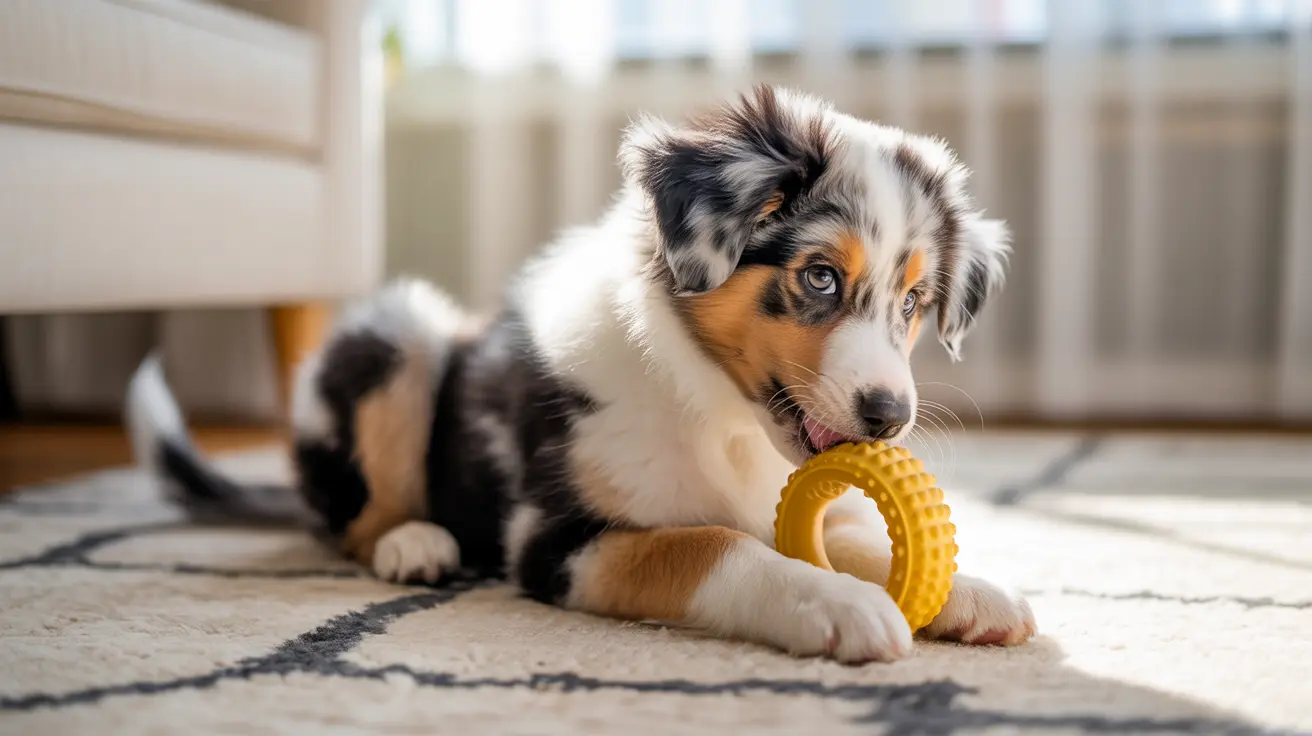Can Dogs Eat Peanut Butter? Safety, Tips, and Best Practices
Peanut butter is a favorite snack for many humans, but if you're considering sharing this treat with your dog, there are some crucial things you need to know. While dogs can safely enjoy peanut butter, not all types are created equal—and some can even be dangerous.
The Dangers of Xylitol
Before you let your dog lick the spoon, always check the ingredients label. Some peanut butters contain xylitol (sometimes listed as birch sugar or wood sugar), a common artificial sweetener that's highly toxic to dogs. Even a small amount can be fatal. If your dog ingests xylitol, symptoms like vomiting, weakness, trembling, seizures, or collapse may appear quickly. In these cases, seek veterinary care immediately—xylitol poisoning can rapidly cause life-threatening hypoglycemia (low blood sugar).
Choosing Safe Peanut Butter for Dogs
The safest option is plain peanut butter made with just peanuts, and perhaps a touch of salt. Avoid any product with added sugars, artificial sweeteners (especially xylitol), or extra flavorings. Natural peanut butter usually contains fewer additives and is a better choice for your pet.
- Read every label—even brands you've used before may change their formulas.
- Avoid sugar-free products unless you're certain they're xylitol-free.
How Much Peanut Butter Can Dogs Have?
Peanut butter is high in fat and calories. Treats should never make up more than 10% of your dog's daily caloric intake to prevent weight gain or nutritional imbalances. Here are general serving guidelines:
- Extra-small dogs (2–10 lbs): 1/2 teaspoon once daily
- Small dogs (11–20 lbs): 1/2 teaspoon twice daily
- Medium dogs (21–50 lbs): 1 teaspoon once daily
- Large dogs (51–90 lbs): 1 teaspoon twice daily
- Extra-large dogs (91+ lbs): 1 tablespoon once daily
Puppies can have a tiny taste if it's xylitol-free—always start small and watch for allergic reactions or digestive upset.
The Benefits of Peanut Butter for Dogs
If you choose the right kind and serve it in moderation, peanut butter can be a useful tool:
- Hide pills inside a dab of peanut butter to make medication time easier.
- Stuff it into toys like KONGs for mental stimulation and enrichment.
- Smooth it onto a lick mat to distract your dog during grooming or nail trims.
- Offer as a high-value reward during training sessions.
Pitfalls and Precautions
Certain health conditions mean peanut butter may not be appropriate for every dog. If your pet has obesity, pancreatitis, or food sensitivities—or is on a special diet—consult your veterinarian before offering any new treats.
If you notice any signs of allergy after giving peanut butter—such as itching, skin redness, hives, vomiting, diarrhea, or swelling—stop immediately and talk to your vet. Allergic reactions can range from mild discomfort to severe emergencies.
The Bottom Line: Safe Enjoyment
Your dog can enjoy plain, unsalted, xylitol-free peanut butter in small amounts as an occasional treat. Always:
- Read every ingredient label thoroughly.
- Avoid all products containing xylitol or other artificial sweeteners.
- Introduce new treats slowly and monitor for adverse reactions.
If you're ever unsure about an ingredient or how much is safe for your individual dog, reach out to your veterinarian—they'll help you make the best choices for your furry friend.





